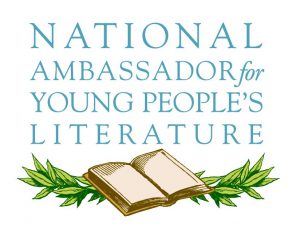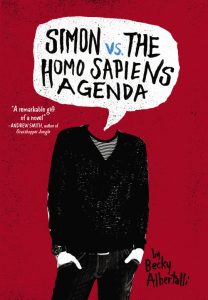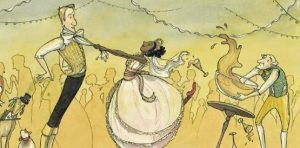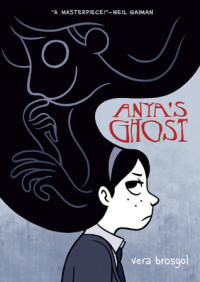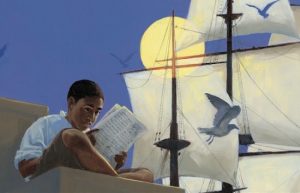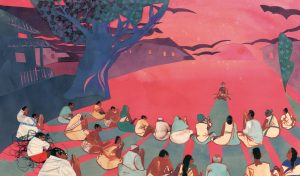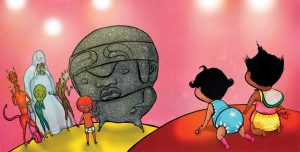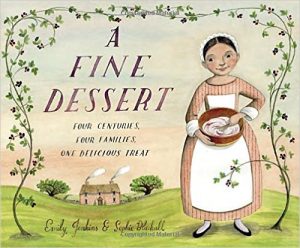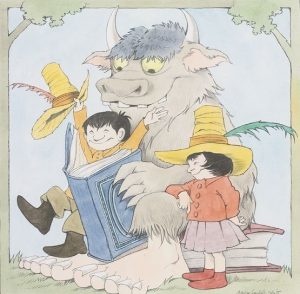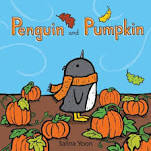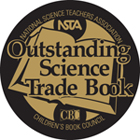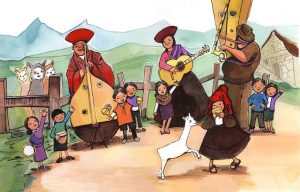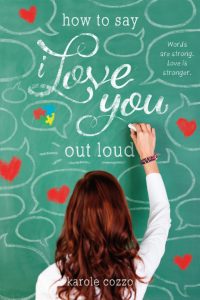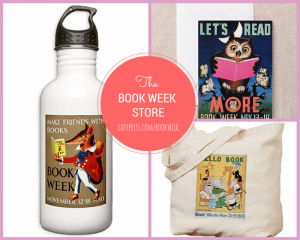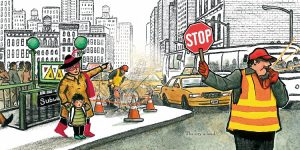CBC News
-
Meet Gene Luen Yang, the 5th National Ambassador for Young People’s Literature!
The Children’s Book Council, Every Child a Reader, and the Center for the Book in the Library of Congress have announced the appointment of Gene Luen Yang, Printz Award winner …
-
Gene Luen Yang Named 5th National Ambassador for Young People’s Literature, 2016–2017
FOR IMMEDIATE RELEASE: Press contact: Paul Crichton, PR for the Children’s Book Council: (917) 478-0517; pcrichton@yahoo.comPress contact: Guy Lamolinara, Library of Congress: (202) 707-9217; glam@loc.govPublic contact: Center for the Book: …
-
Fifth National Ambassador for Young People’s Literature To Be Inaugurated on January 7, 2016
FOR IMMEDIATE RELEASE Press contacts:Paul Crichton, PR for the Children’s Book Council, (917) 478-0517; pcrichton@yahoo.comGuy Lamolinara, Library of Congress, (202) 707-9217; glam@loc.govPublic contact: Center for the Book, (202) 707-5221; cfbook@loc.gov …
-
Industry Q&A with agent Brooks Sherman
Tell us about the most recent diverse book you represented.
My most recent sale, which has not yet been publicly announced, is a young adult novel that fearlessly confronts the national and cultural issues concerning the “Black Lives Matter” movement. I can report that this project sold in a highly aggressive auction, which would indicate that publishers are very interested in this kind of narrative. I’m looking forward to sharing more news about this fantastic book in early 2016!How do you go about finding diverse authors and illustrators?
I have found social media, particularly Twitter, to be very useful as a platform for letting writers know the kinds of themes and stories I’m looking to represent. Several of my now-clients first approached me because they saw me talking about issues and concepts I was hoping to find in my submissions. Also, the sales of past books with diversity elements have helped position me as an agent with a strong interest in this area.
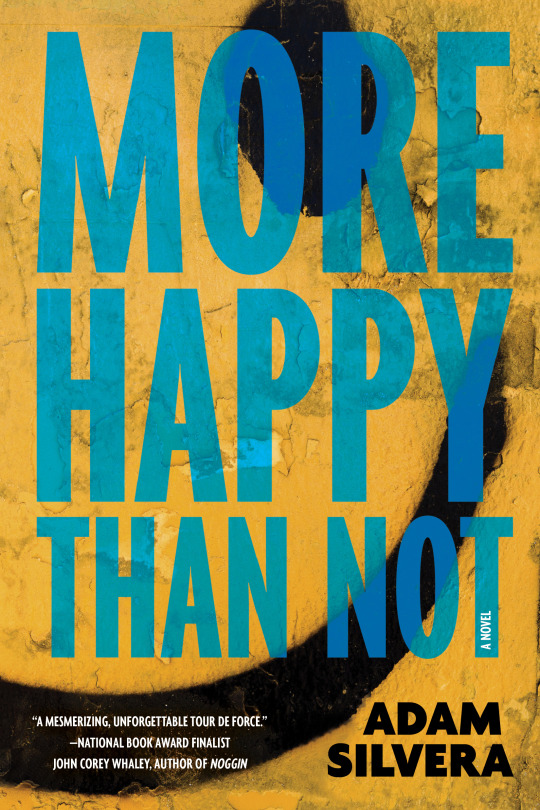
How do you encourage emerging writers of color?
I have learned a lot these last couple years about being a good ally, listening, and helping to promote the voices of writers — and readers — of color. (That’s not to say I believe I have all the answers; I’m definitely still learning.) I think, for an ally, it’s important to make room for writers of color to have the floor, to bring others’ attention to them but then quickly remove yourself from the spotlight.
What is one of the biggest challenges for authors who want to include more diversity in their books?
I think one issue is finding the right balance between theme or message, and story. I have seen a lot of submissions where the authors have made efforts to include more diversity, but at the cost of plot or character arc. My opinion (and I’ll stress this is just my opinion, not fact) is that most people who read for pleasure, particularly children and young adults, are not looking for a lesson or teaching moment — they are looking for a story or character to engage with. Finding the right balance, so important themes are present but not overpowering the other narrative elements, is very difficult.
Many sales teams will argue that titles representing diversity don’t sell. Can you provide an example of a successful book — with diverse characters or plot lines — in the children’s book marketplace at the moment?
I can point to my client Becky Albertalli’s young adult novel Simon Vs. the Homo Sapiens Agenda, which incorporates an LGBT romance plot line as well as an ethnically diverse cast of characters. This debut novel has received nearly universal acclaim, both critically (four starred reviews, long-listed for the National Book Award, a 2016 Morris Award contender) and commercially (over 180 reviews on Amazon and an energetic online and in-person fan base), and even a film deal (Fox 2000 has acquired the film rights, with the producing team behind the Fault In Our Stars film adaptation attached). I’m thrilled to report that the love for this book doesn’t appear to be dying down, nearly a year after its initial publication!
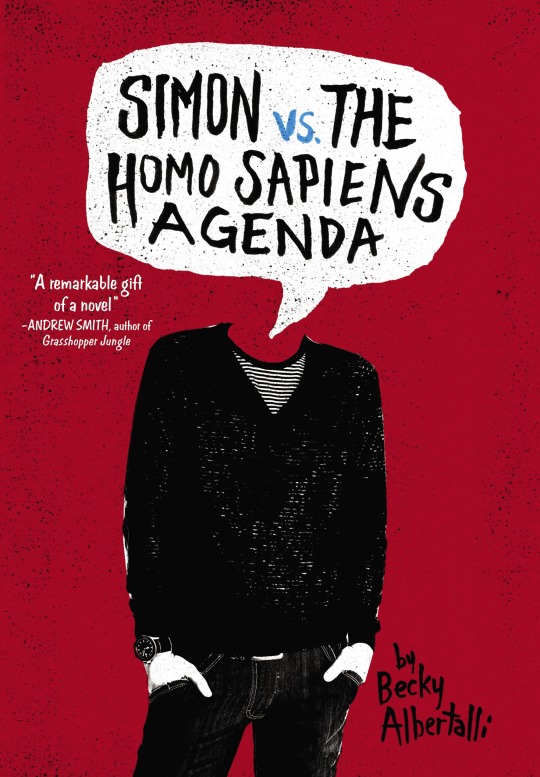
Why do you think children’s television shows like “Dora the Explorer” or “Diego” are more successful at [promoting] diversity than the children’s publishing industry?
I can’t speak too much to this point, as I’m not actively watching children’s television programming. I can say that shows like “Dora the Explorer" appear to follow the same format as groundbreaking shows like “Sesame Street,” in that they present content for a diverse audience, making learning and cross-cultural experience both active and fun.
Perhaps that is one area that children’s book publishing can focus on — emphasizing learning about diversity in an engaging, dynamic, and/or entertaining manner, rather than making it feel like a homework assignment.
If publishing houses are reluctant to acquire diversity-inclusive projects for fear of lower sales, how can agents help in finding sales opportunities and interested markets?
In all honesty, I’m not finding publishing houses hesitant to acquire diversity-inclusive projects. I think, particularly in the last year, the publishing industry as a whole has admitted that it has a diversity problem and is taking steps to address this.
As far as hastening the process along, though, I find that simply presenting myself as an agent interested in diversity-inclusive and diversity-oriented projects has opened up a lot of doors for both me and my clients. Book clubs, activists, community outreach organizations, and authors have all reached out in the last couple years, presenting new opportunities to my clients, and new potential clients to me. I think advertising that you want to be an ally and part of a constructive movement helps establish connections that might not otherwise be apparent. Community outreach is key, whether it’s local or through a wider network via social media, tours, or Skype visits.

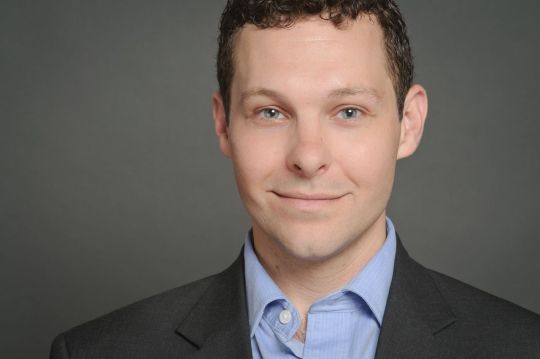
Brooks Sherman is a literary agent with the Bent Agency. Before starting his career in publishing, Brooks spent several years working in the entertainment industry (in both New York and Hollywood), and two years with the Peace Corps in West Africa. He is a hands-on, editorial agent who delights in developing projects with his clients before bringing them to the attention of publishers. Brooks seeks projects that balance strong voice with gripping plot lines. You can find him sharing publishing news and horrible puns on Twitter: @byobrooks.
-
#DrawingDiversity: ‘The Grudge Keeper,’ illustrated by Eliza Wheeler

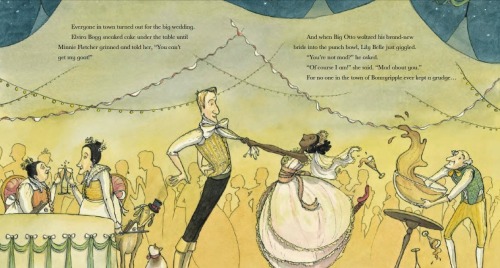
The Grudge Keeper by Mara Rockliff, illustrated by Eliza Wheeler (Peachtree Publishers, April 2014). All rights reserved. @peachtreepublishers
-
Diversity in the News: December 2015
The newsletter is a valuable resource for librarians, teachers, booksellers, parents and caregivers, publishing professionals, and children’s literature lovers. Find thought-provoking articles, diverse new releases, and more in this month’s issue and sign …
-
#DrawingDiversity: ‘Anya’s Ghost’ by Vera Brosgol

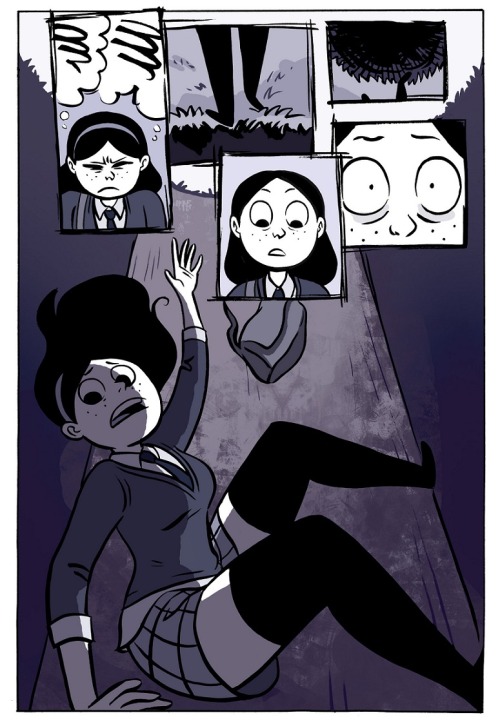
Anya’s Ghost by Vera Brosgol (Square Fish/@macmillankids , March 2014). All rights reserved.
-
#DrawingDiversity: ‘Words Set Me Free’ illustrated by James E. Ransome

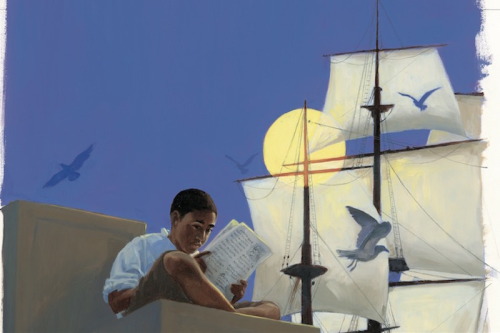
Words Set Me Free: The Story of Young Frederick Douglass by Lesa Cline-Ransome, illustrated by James E. Ransome (Paula Wiseman Books/Simon & Schuster, January 2012). All rights reserved. @simonkidsuk
-
#DrawingDiversity: ‘Grandfather Gandhi’ illustrated by Evan Turk

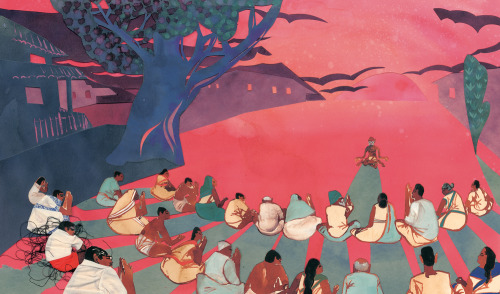
Grandfather Gandhi by Arun Gandhi and Bethany Hegedus, illustrated by Evan Turk (Atheneum/Simon & Schuster, March 2014). All rights reserved. @simonkidsuk
-
#DrawingDiversity: ‘Niño Wrestles the World’ by Yuyi Morales

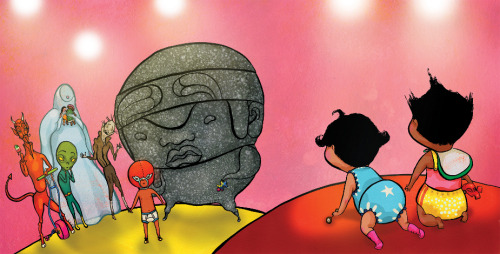
Niño Wrestles the World by Yuyi Morales (Neal Porter Books – Roaring Brook Press/@macmillankids, June 2013). All rights reserved.
-
An Editor’s Response
Contributed by Yolanda Scott, Editorial Director at Charlesbridge
I’ve been following the controversy surrounding the text and illustrations of the picture book A Fine Dessert (NPR story here and NYT article here), and I want to comment from my perspective as an editor. I wasn’t the editor of A Fine Dessert, but I could have been. Well, not literally, as the manuscript wasn’t submitted to me, but I mean that I easily could have been the editor of a book that despite my best intentions was accused of propagating stereotypes about slavery. It could have happened because I’m white: the product of a white-dominant society and a white-dominant industry that influence me in ways that I am sometimes blind to.
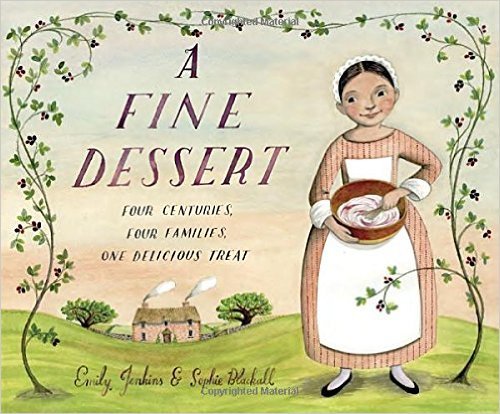
When I first read A Fine Dessert, I didn’t stop for a second to think that there might be anything offensive in either the text or illustrations. I was a bit lukewarm on the book, as memory serves, but only due to a concern about the story arc. Mostly, I was intrigued by the recipe for blackberry fool, which I photocopied and brought home to try with my daughter.
So when the blogs and Twitter started exploding with anger and indignation, I was surprised. And I thought, Thank goodness that wasn’t my book. But I knew in my heart it could have been. My efforts to police my books aren’t enough. I like to think I have been useful in some ways: removing a picture of a raccoon from the clothing of a black baby, changing the name of a scary bull in a picture book from “black bull” to “big bull” (as well as changing its color), and getting rid of the watermelons in a plantation scene. I noticed these problems and changed them, but given the egregious nature of all three, I’m not sitting here patting myself on the back. Instead, I’m scared about what I’m not noticing.
My knee-jerk reaction to controversies like those surrounding A Fine Dessert is to want to retreat and stop publishing anything that could be considered controversial, or anything that might show my ignorance. And there are some people, understandably so, who would say that it is better for a book not to be published than to be published if it’s flawed. I get that, I really do, but I’m not sure it’s the answer.
The answer, I think, includes hiring more people of color in publishing, more actively seeking out works by people of color, and finding ways to publish those works with sensitivity. Publishers should also commit to finding appropriate expert readers for works in progress. And we all need to listen better and learn from one another—especially when mistakes come to light. These are not new ideas, but they are important ones that bear repeating.
There is much work to be done.


Yolanda Scott is editorial director at Charlesbridge, where she has edited nearly 200 books since beginning her career in 1995. She is a co-founder of Children’s Books Boston, sits on the board of directors of the Children’s Book Council, and is a member of the CBC Diversity Committee. She lives near Boston.
-
#DrawingDiversity: Jewish Book Month poster by Maurice Sendak
Jewish Book Month poster by Maurice Sendak, 1985.
-
#DrawingDiversity: ‘Penguin and Pumpkin’ by Salina Yoon

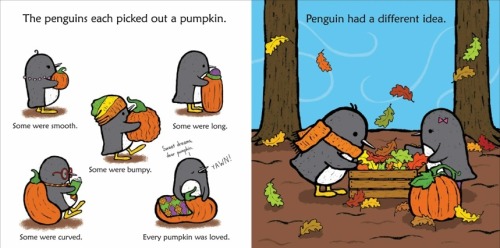
Penguin and Pinecone by Salina Yoon (Bloomsbury/Walker Children’s, July 2014). All rights reserved. @behindthebloom
-
Diversity in the News: November 2015
The newsletter is a valuable resource for librarians, teachers, booksellers, parents and caregivers, publishing professionals, and children’s literature lovers. Find thought-provoking articles, diverse new releases, and more in this month’s issue and sign …
-
National Ambassador Kate DiCamillo on the Bonds Formed by Books
Since she was a child in Florida, DiCamillo has found a sense of homecoming in reading with family and friends. She feels privileged to have shared that experience with readers in her capacity as …
-
The NSTA and CBC Reveal the 2016 Outstanding Science Trade Books
Since 1973, NSTA and CBC have collaborated on the list to provide educators with access to quality science books. The Outstanding Science list will be featured on both organizations’ websites and …
-
#DrawingDiversity: ‘Maria Had a Little Llama / María Tenía Una Llamita’ by Angela Dominguez


Maria Had a Little Llama / María Tenía Una Llamita. By Angela Dominguez (Henry Holt/@macmillankids, August 2013). All rights reserved.
-
Writing About Autism
By Karole Cozzo, Author
Writing has always been both a passion and hobby of mine, and I penned my debut novel, How to Say I Love You Out Loud in the wee hours of the morning, in ten-minute unexpected snippets of free time, and in part when I was on maternity leave with my son. But my day job, my work as a school psychologist, is another passion of mine, one that has inspired and influenced my writing. About 70% of the population at my school has a diagnosis on the autism spectrum, many with co-morbid conditions. As more research is being done in the area of autism and more information is shared in the media, the general public is becoming more aware and understanding of what it means to live with autism.

However, in speaking with those who don’t work with children or in education, I often find there is still a great deal of misinformation circulating or false assumptions made. This is in part due to the fact that typically, people affected by autism don’t “look” disabled – often times children with autism are perceived as difficult or naughty, and adults living with autism are woefully misunderstood. A recent news article from the San Jose area documents one neighborhood’s attempt to proceed with a lawsuit following claims that an autistic child living within it was a public nuisance. While I firmly believe there are two sides to every story, this represents a dangerous precedent and a step backward in understanding and tolerance at a time when we’d like to believe we’re moving forward in these areas.
It’s my belief that inclusive stories are a phenomenal way to provide a snapshot of what life for families living with disabilities is actually like. My passions merging, I was inspired to write How to Say I Love You Out Loud to recognize, honor, and share with the world, not only the individuals who face challenges every day, but their support systems as well: the parents, grandparents, aunts and uncles, siblings, neighbors, and friends —the many unsung heroes who pull together to meet the multiple needs of a child with a disability. And as an author, I felt a huge responsibility to create an authentic representation of the experience of living with autism. In doing so, I faced several challenges in creating Phillip’s character in particular.
First, I was faced with the realization that we have limited opportunities to hear firsthand what living with autism is like. The communication and social deficits associated with the disorder make it extremely difficult for those living with autism to relay their personal experiences to others. I believe this is one reason why Temple Grandin, author, autism advocate, and speaker, is guaranteed to draw a crowd. She is one of very few examples of individuals with autism who are capable of and willing to try to capture their experience in words and share it with others. Otherwise, we are left to speculate, make conjectures, and try to relate a pattern of often inexplicable behavior to possible emotions, anxieties, fears, and frustrations. We put the puzzle pieces together the best we can, but it is hard to be certain we have obtained a clear understanding of the other person’s experience at that moment.
Second, the “spectrum” aspect of autism spectrum disorder posed another challenge in bringing a fictional character with autism to life. While all people with autism share the same “types” of difficulties (namely in the areas of language, social interactions, and social imagination), the condition affects individuals in different ways. Some may present with low intelligence levels, while some may be capable of performing within the significantly-advanced range. Some may be incredibly sensitive to sound, while others may be bothered by tactile sensations or have extreme food aversions or preferences. Some may develop average-range language skills, while others may rely on assistive technology to communicate their wants and needs. In writing one character with autism, it was difficult to acknowledge that I could in no way adequately capture the experience. The character of Phillip is the embodiment of autism as it affects one person, and the reality is that Phillip may look very different from a person with autism a reader knows in the real world.
Lastly, I was faced with the challenge, when writing about life with a disability, any disability, of trying to find a balance between my portrayal of his challenges and successes. It was important to me not to misrepresent how extremely difficult and taxing it can be to live with a disability that may never be “cured.” In some cases, every single day is difficult, and I wanted to capture that nature of the disorder – that there is never a break, never a day off, never a reprieve from its challenges. However, it was also incredibly important to me that I did not dehumanize Phillip or reduce him to his condition. Individuals with autism are capable of great successes, and many demonstrate one or more splinter skills (a particular skill above his or her overall performance level). Individuals with autism do exhibit breakthrough moments, however rare, however impacted by communication challenges, in which they show a desire and joy in connecting with family members or friends. There are good days and bad days, close days and far away days. There are tears…and there is joy and laughter. It is my sincere hope that my story captures all of these.

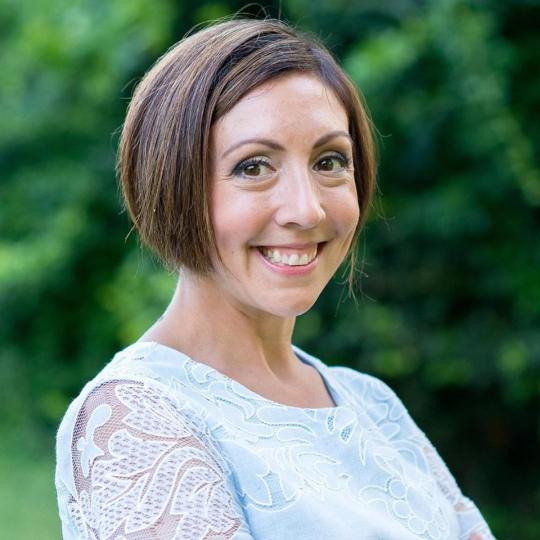
Karole Cozzo is a school psychologist by day, a wife and mother of two by night, and a writer of YA romance in the wee hours of the morning. She loves camping out at Starbucks, breakfast cereal at all hours, and watching every movie made from her favorite YA books. How to Say I Love You Out Loud is her debut novel. Her next book, How to Keep Rolling After a Fall, will be available in August 2016.
-
Discover the Best Kid Lit Gifts!
Established in 1919, Children’s Book Week is the longest-running national literacy initiative in the country. From May 2-8, 2016, the Children’s Book Council and Every Child a Reader will host …
-
#DrawingDiversity: ‘Nana in the City’ by Lauren Castillo
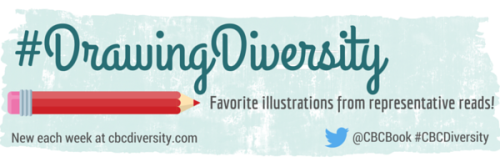
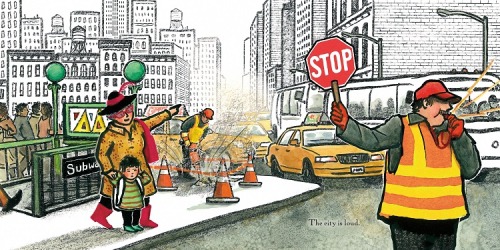
Nana in the City by Lauren Castillo (@hmhkids, September 2014). All rights reserved.



